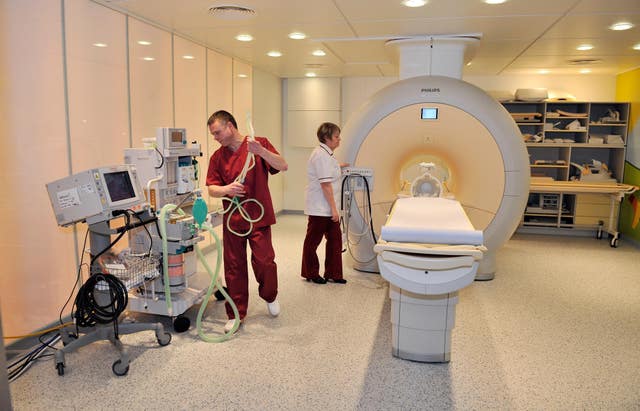Hundreds of thousands of NHS patients are waiting more than 28 days for the results of scans such as MRIs, analysis suggests.
The Royal College of Radiologists examined data from NHS England on 46.2 million imaging tests carried out from January 2023 to December 2023, with the data published on Friday.
The figures show that the most common scans people have in England are X-rays, followed by ultrasounds, CT scans and MRIs.
Analysis showed that 3% (344,960) of CT, MRI and other complex scans were reported after 28 days in 2023, while 2% (745,290) of all scans had waits of over four weeks.

It said this timeframe would act as “an enabler to help providers hit 62-day and faster diagnosis standards, given the clear link between reporting delays and faster diagnosis and treatment for patients.”
Dr Katharine Halliday, president of the Royal College of Radiologists, said: “The latest NHS diagnostic imaging data highlights a concerning reality: over three-quarters of a million patients waited a month or more for their scan results in 2023, with over 170,000 emergency scans waiting over 28 days to be reported.
“It’s a clear indicator that we’re short on clinical radiologists, risking patient safety.
“The Government must urgently boost training and retention efforts to meet the demand and ensure timely diagnoses for all.”
The college said the data further showed that nearly 10,000 scans carried out in A&E departments were reported after 28 days had passed.
A spokesperson for the Department of Health said: “98% of all NHS patients in England received the results from their diagnostic scans within the recommended four weeks.
“Through the NHS Long-Term Workforce Plan, we are expanding training places for specialisms including radiology to further speed turnaround times for patients.”






